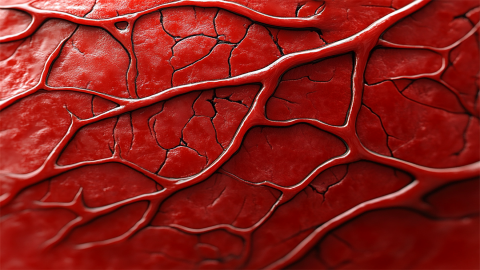Can a color Doppler echocardiogram detect vascular blockages?
Generally, color Doppler echocardiography cannot directly detect vascular occlusion, but it can serve as an initial screening method, providing reference information for clinicians' evaluations. Detailed analysis is as follows:

Color Doppler echocardiography is a non-invasive diagnostic technique using ultrasound waves to visualize the structure and function of the heart. It is primarily used to evaluate whether there are abnormalities in cardiac structure and function, such as valve stenosis, ventricular wall thickening, conditions of heart valves, myocardial motion, hemodynamics within cardiac chambers, and whether there are any abnormalities in the tissues surrounding the heart. These findings may indicate vascular occlusion; however, this examination is not specifically designed to assess the internal condition of blood vessels and therefore cannot detect whether a vessel is blocked. Although color Doppler echocardiography cannot directly diagnose vascular occlusion, its results can help clinicians assess the risk of vascular blockage.
In cases where cardiac vascular occlusion is suspected, color Doppler echocardiography can serve as an initial screening tool, but confirmation usually requires additional, more specialized diagnostic methods.





